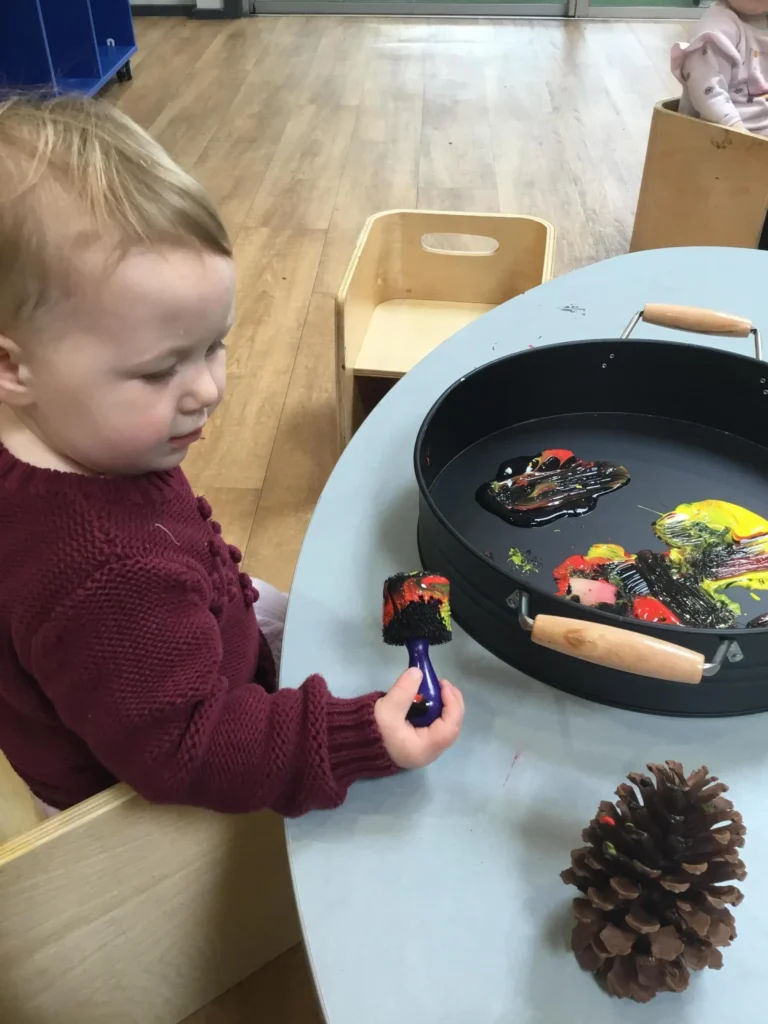
Children need all the right kind of nutrients in order to be strong and healthy and to reach their optimum development. These nutrients are derived from different kinds of food that we have: be it solids or liquids. Infants are initially fed through breast-milk or with formula milk. Milk has the complete nutrients that babies need. More so, the mother’s milk—which is highly recommended by pediatricians—has colostrum, which is proven to help babies in their digestion, while protecting them from being susceptible to various diseases as they grow.
Why kids need solid food
But growing babies cannot be totally dependent on liquid foods. Certain solid foods should be included in their meals. As infants reach toddlerhood, their body needs foods that serve as the body’s fuel. This fuel becomes the energy that helps every part of their body to move. The five senses, along with the muscles, heart, brain, and practically the whole body will not be able to function well if the body does not receive specific nutrients that can only be found on solid foods. Healthy kids are never sedentary. They are always on the go, so feeding them with the right types of solid foods will help promote their active lives and prevent malnourishment.
How to introduce solid foods
While solid foods are being introduced, milk should still be included in the baby’s diet. The time to give solid foods to babies can be determined by the baby’s age, his readiness, as well as through the parents’ assessments and the advice of paediatricians. Infants 4 to 6 months of age are ready to be introduced to solid foods. For starters, soft foods like cereals, mashed potatoes or other vegetables, and pureed fruits may already be given. Breastmilk, formula milk or water may be added to soften the mixture or improve its consistency. Perform a test-taste to ensure that the temperature is just about right. It can be done by giving him the thinnest portion, and when he tastes it up, eats it and swallows the food, it can be a sign that the baby is now ready to be exposed to other non-liquid foods. Make sure to wait for at least a week before introducing a new food, when their tummies have fully adjusted. The portion to be fed daily can be gradually increased until the amount of solid foods that he consumes is established. If the soft food is rejected the first time, it can be offered again after a few days, until such time when the baby seem to appreciate it. Then tiny bits and pieces of meats and fish can be offered after they are used to eating cereals, veggies and fruits, as their tummy has already adapted to newer offerings.
What to watch for
Parents should look for some signs of allergies when giving soft, solid foods for the first time. Be observant for rashes that may appear on the mouth, tummy and other body parts that may be an indication of a food allergy. By being careful and vigilant, the baby will be safe from the dangers of food allergy and the discomfort caused by it. Feeding fish, peanuts, eggs, dairy, soy and some other allergenic foods should be given in ample portion and cautiously watch for signs of allergy. If there appears to be a rash, vomiting, diarrhea, intolerance or other pains, immediately take note of it, phone the doctor, or take the little one to the nearest ER. Be very attentive for any choking hazards. Make sure that foods are finely chopped and minced in small sizes, the seeds from the fruits are totally removed, and properly supervise them while eating. Toddlers tend to grab foods so it is therefore a must to avoid keeping them unattended, and to make sure to have an emergency kit with emergency numbers ready. As much as possible, steer clear from foods that contain preservatives, too much sugar or salt. You may want to give your child a head start to healthy foods.
What to serve
Babies and toddlers need vitamins and minerals which come from fruits and vegetables. Pureed veggies or crushed fruits is something that they may find enjoyable. A small portion of a banana thoroughly mashed with a little liquid can be given on regular feedings. Toddlers can have a bite or two on some fruits, and some vegetables can be chopped for them. Making the servings attractive, like serving a cup of mixed fruits, will surely pique the toddlers’ eagerness to eat because of its colorful and eye-catching appearance. Some toddlers are picky eaters and they say no to vegetables. Preparing strips of veggies, mixing veggies of different colours and preparing them with tasty dips on colourful plates and bowls will make them more drawn to it. To ensure that the child’s growth is sustained, there is a need to promote good eating habits. A choosy eater deprives himself of the nutrients that his body needs. Children should eat the right kinds of solid foods that belong to the different food groups to ensure optimal development. Teaching the kids a healthy eating lifestyle at a young age enables them to have healthy food choices as they grow up.

How Solid Foods Help
- Children acquire learning regarding the benefits derived from solid foods and the body-building foods which are also called “Grow Foods” that are rich in protein. These foods help the child attain normal growth, strengthen the muscle, repair worn-out tissue and fight infections. Meat, beans, eggs and cheese are some good sources that are rich protein.
- “The Go Foods” are loaded with carbohydrates and fats, and are found in bread, pasta, rice, and sugar found in fruits. There foods provide the energy so the kids will have the stamina to play a lot, and indulge in various activities that children enjoy doing.
- “The Glow Foods” provide vitamins and minerals which help the children to have nice and smooth skin, sparkling eyes, shiny hair and healthy gums and teeth. These nutrients come from fruits and vegetable. There are also vitamins prescribed by doctors to children who refuse to eat vegetables to guarantee that the nutritional requirements are still being met. A well-planned meal constitutes a balanced diet, which in turn provides the nutrients that children need.
Their health and wellness is in good hands!
Added to the amazing benefits and the good things gained from a wide variety of foods is the fact that children learn the advantages of chewing their food properly, swallowing food with care, having good physical and dental hygiene, and keeping their digestive system and other organs of the body functioning well make a person truly healthy and fit. If the body is not provided with digestible solid foods, the digestive system may not work properly and end up with health deficiencies.
Guide and motivate your children to become healthy and happy kids!




